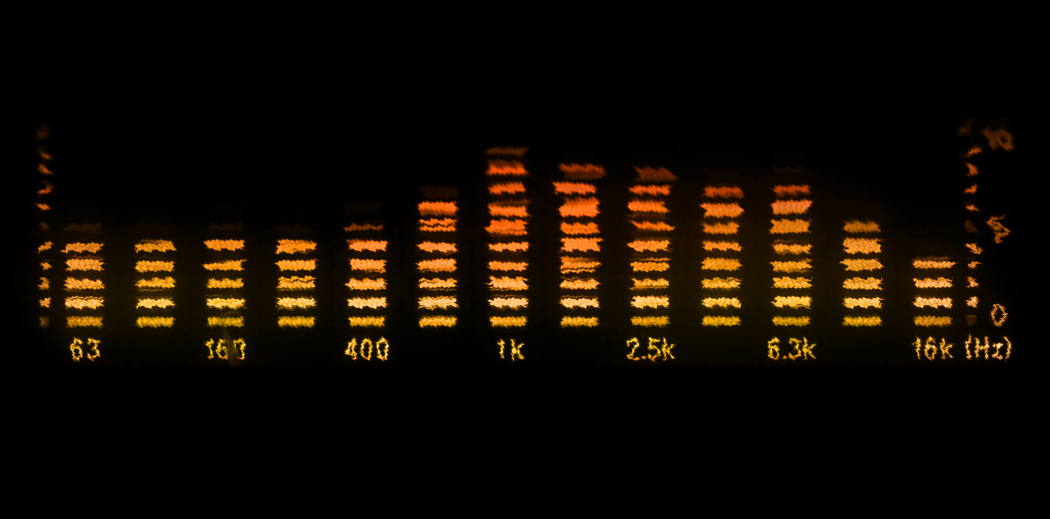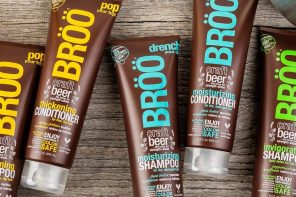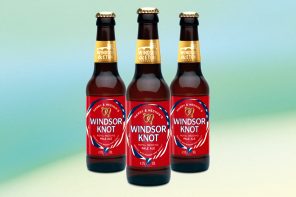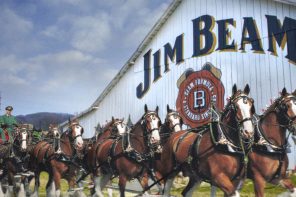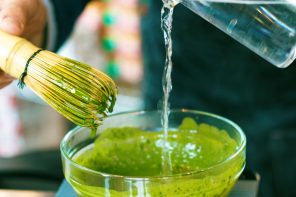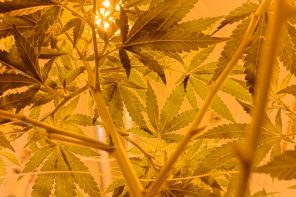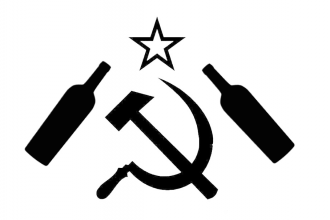Beer and music seem like a pretty friendly pairing. Whether you’re sipping an IPA at an outdoor concert or tailgating a country music festival, brews and beats were made for each other. But now brands are taking things to the next level by using music to actually alter the flavor of the beer.
In 2015, Budweiser released a Metallica beer in Canada that was infused with the band’s music during a live concert, “creating the rock and roll recipe.” The jury’s still out on whether Metallica’s vibrations changed the flavor, but we think it was a pretty cool marketing technique.
Philadelphia’s Dock Street Brewery pumped Wu-Tang Clan into the side of a barrel of Saison for six months before releasing it in September 2015 under the name “Ain’t Nothin to Funk With.” The brewery bought the barrel a premium Spotify subscription to play Wu-Tang Clan 24/7. A brewery member told Popular Science that “yeast is a living organism and it reacts to the environment around it. Certainly I think there’s sound science in vibration and the experiment here – I think it will absolutely have an effect on the organism.”
Another company, Fortnight Brewing, was also a fan of Wu-Tang Clan. They brewed the same IPA twice, one normally and the other blasted with music for the whole fermentation period. An expert scientific analysis showed that the concert-going beer emerged with a distinct and sharp hoppy flavor. The name of this beer? “Bring da Ruckus.” The team told Vice that this beer was a “less floral, less sweet brew,” with an aroma and taste very different from it’s original.
Hip-hop not your thing? Michael Kora, brewmaster at Montavilla Brew Works, nurtures beer development with music based on the season: Grateful Dead for the summer and blues in the winter. “Yeast is the unsung hero…you treat [them] like a living thing and they’ll react like that. If you’re good to them, keep them healthy and happy, they’ll give back to you.”
Will Meyers of Cambridge Brewing Co. in Massachusetts puts his background in music theory to work with OM, a Belgian golden ale. He treats the brew with “vibrational therapy” throughout the year, and lets it sit in oak Chardonnay barrels. He uses tuning forks and Tibetan chanting bowls that vibrate at exactly 136.1 hertz, believed in some religions to be the frequency at which all life resonates.
If you’re still not convinced, there has actually been some scientific testing done regarding music’s effect on beer. One food scientist claims that playing music to fermenting beer resulted in less yeast growth – meaning there’s more usable beer. A study at the University of Auckland showed that yeast grows 12 percent faster when exposed to high-and low-frequency sonic vibration. Does this mean I should keep singing to my plants?

